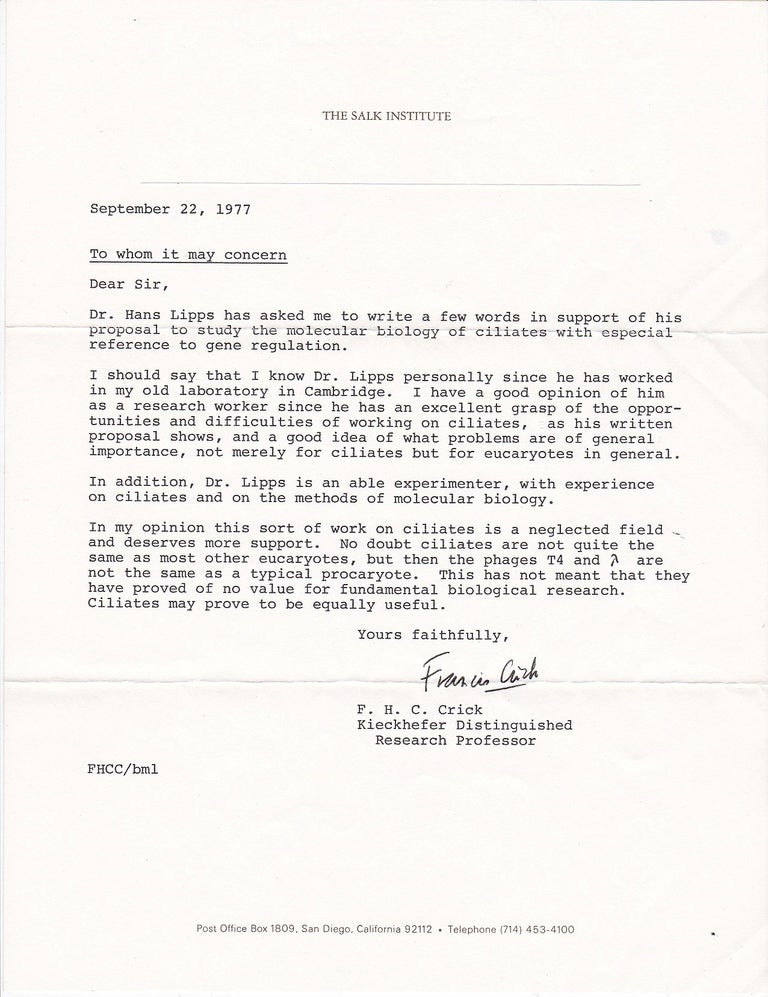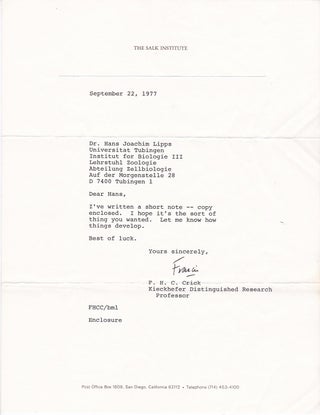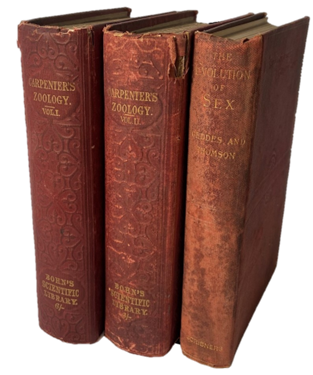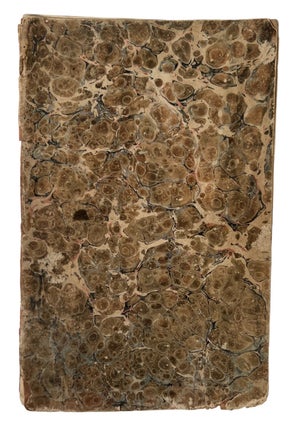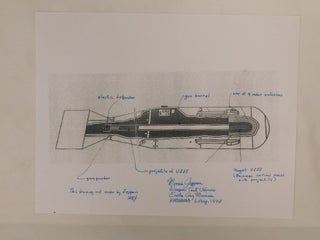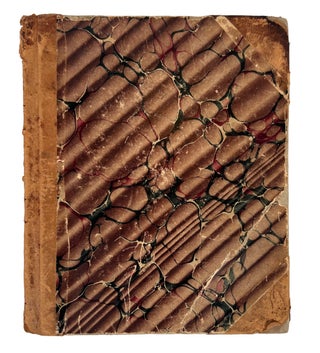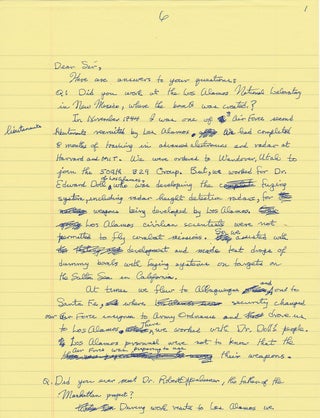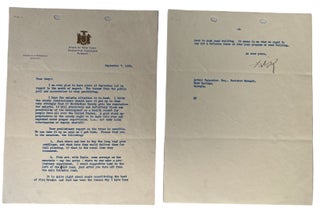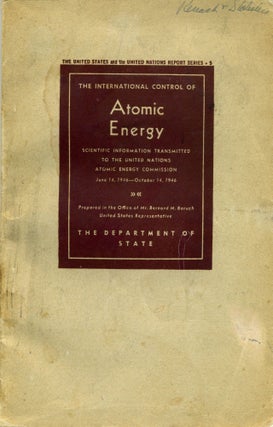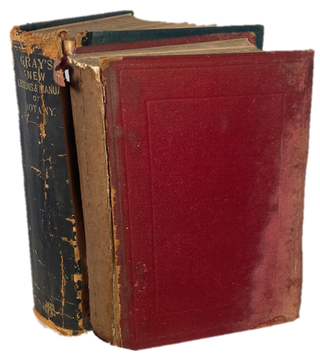Francis Crick DNA Co-Discoverer 2 Letter Signed on Ciliates, protozoans that are influential in the nascent stages of molecular development
TLS : Typed Letter Signed
Molecular biologist, co-discoverer of the molecular structure of DNA. Francis Crick 2 letters. One signed "Francis"; the other signed "Francis Crick". Both letters are one page TLS and dated September 22, 1977 on Salk Institute letterhead where Crick was doing his research at the time.In the first letter, Francis Crick, writes to a researcher, Dr. Hans Joachim Lipps, who worked with Cricks in Cambridge while he was conducting his revolutionary discovery of the structure of DNA. Crick states that he enclosed the recommendation letter for Lipps. This letter is signed in a more personal manner as "Francis."
In the second letter, Crick supports Lipp's proposal to study ciliates, which are protozoans that are influential in the nascent stages of molecular development. Ciliates are one of the most important groups of protists, common almost everywhere there is water. In this letter, Crick claims that studying the structure of ciliates "is a neglected field and deserves more support." Crick addresses how "ciliates are not quite the same as most other eucaryotes", but that understanding these particular organisms "may prove to be equally useful" to "fundamental biological research." Crick supports the theory that studying the structure of ciliates could provide insight on the expression of genetics, much in the same way that his study of the structure of DNA contributed to the understanding of genetic coding.
Crick indicates that Lipps was a former colleague who worked in his Cambridge laboratory and endorses his qualities as a researcher, describing him as having "an excellent grasp of the opportunities and difficulties of working on ciliates." Crick and Lipps met each other while they were both at Cambridge University, where Crick made his revolutionary DNA discovery. Eventually Lipps was able to get funding for his studies of ciliates and published a well-known paper entitled "Macronucleus Structure and macronucleus development in hypotrichous ciliates" in 1996 which explains how studying ciliates provides an unusual opportunity to study the ways in which DNA-sequences can be manipulated in a differentiating cell. Without Crick's co-discovery of the molecular structure of DNA, important findings, such as the ones that have been made by Lipps, would have been impossible. Both letters are in excellent condition.
Item #14412
Price: $3,800.00
See all items in
Exceptional Pieces ,
Autographs, Letters and Archives,
Science, Medicine, Technology
See all items by Francis Crick

